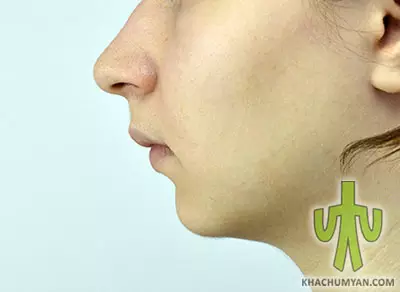 According to dental statistics, more than 80% of people have overcrowded teeth and bite disorder. And only 10% of the population has a normal bite.
According to dental statistics, more than 80% of people have overcrowded teeth and bite disorder. And only 10% of the population has a normal bite.
What is an incorrect bite and what are its types?
The dentition is the complete touch of the upper and lower dentures in a relaxed position of the lower jaw. In dentistry, the right touch is called physiological, and the wrong - pathological. In contrast to the physiological, it implies disorders of normal function. Bite disorders can be related to the position and size of the jaws, dentition, individual teeth deviations, but mostly their combination is more common.

The types of wrong bites are
● Distal: the lower jaw usually registers a posterior position, whereby the front of the upper jaw can be tilted either forwards or backward.
● Mesial: : lower jaw is forward or upper jaw is backward.
● Open: there is no complete or partial contact of the teeth.
● Deep: the upper dentition almost completely covers the lower one, it can be traumatic.
● Crossed: occurs when the upper or lower jaw is unevenly developed.
Wrong bite types are not always clearly different. The inexperienced specialist may confuse the distal and deep bite or not notice any deviations at all.
In case of any suspicion of a bite deviation, it is necessary to consult an orthodontist.



